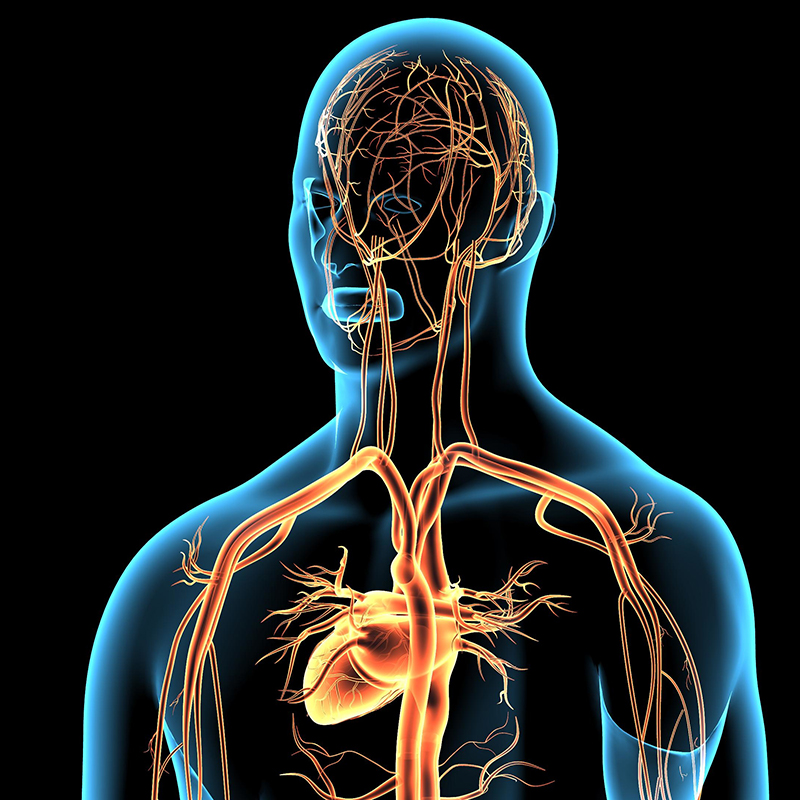For many questions in basic research, knowledge about the nature of materials is crucial. Since 2007, a special transmission electron microscope (TEM) has led to advances in this field: the CRISP system (Corrected Illumination Scanning Probe), developed by researchers from the company Carl Zeiss. CRISP uses cutting- edge technologies in electron imaging to provide detailed insights into the innermost properties of materials, right down to the atomic level. An electron probe is passed over the specimen, mapping the sample in grid form. A corrector in the illumination system leads to an improvement of the resolution and makes it possible to image atoms at a distance of less than one ten-millionth of a millimeter. This enables spatial examinations of molecular structures and thus of a material’s composition. With the help of a “monochromator”, image errors can also be reduced, and the resolution improved. With these and other technological refinements, CRISP allows scientists to better understand the nature of materials and optimize them specifically, which means they can develop better materials.
State-of-the-art imaging technologies: CRISP
According to Carl Zeiss, CRISP is the only TEM in the world able to map at the atomic level. In 2007, it was installed at the “Caesar” Center of Advanced European Studies and Research.
(Image: Digilife – AdobeStock.com)




